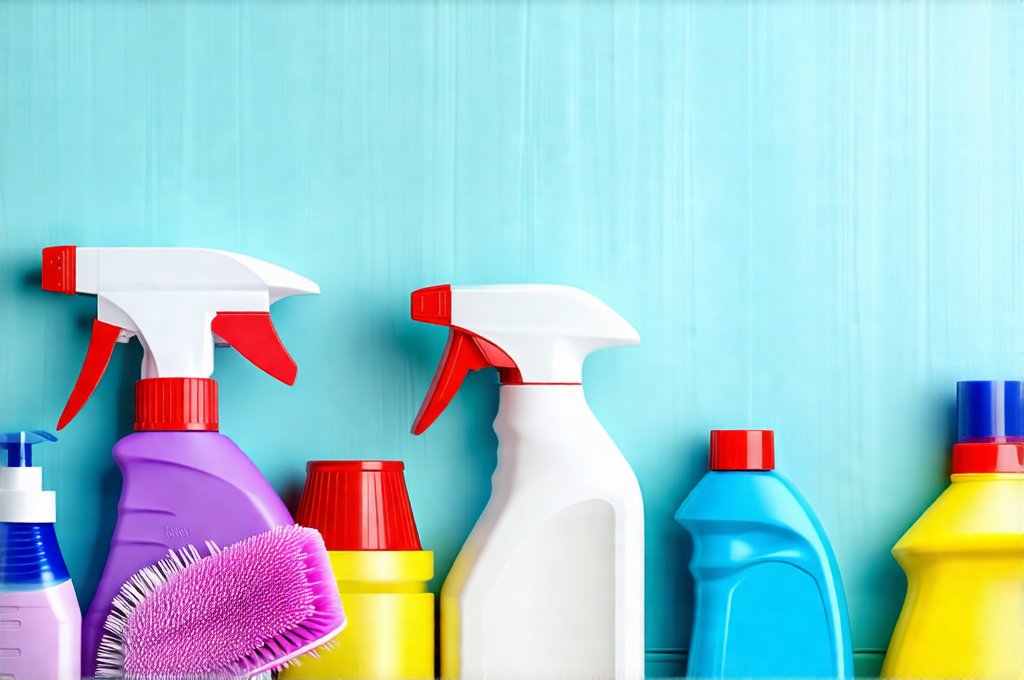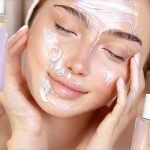Many individuals experience sensitivity or allergic reactions to common household cleaning products. These reactions can range from mild irritation – like skin rashes, headaches, or respiratory discomfort – to more severe responses requiring medical attention. Often, these sensitivities aren’t immediately obvious, developing over time with repeated exposure. Understanding the potential irritants in everyday cleaners and proactively adapting routines can significantly improve indoor air quality and overall well-being for sensitive individuals and families alike. It’s about creating a healthy home environment that doesn’t compromise comfort or health.
The challenge lies in the fact that cleaning is often seen as synonymous with strong scents and harsh chemicals – qualities marketed as indicators of effectiveness. However, many effective cleaning solutions can be found using gentler ingredients or alternative methods. This isn’t about sacrificing cleanliness; it’s about making informed choices to minimize exposure to potential irritants while still maintaining a hygienic home. It requires a shift in perspective, prioritizing health and well-being alongside aesthetic standards.
Identifying Common Irritants
Household cleaning products are often complex mixtures of chemicals, many of which can contribute to irritation or allergic reactions. Volatile Organic Compounds (VOCs) are a major concern. These compounds evaporate at room temperature and can linger in the air for extended periods, causing respiratory issues, headaches, and even neurological effects with prolonged exposure. Common VOCs found in cleaners include formaldehyde, benzene, and xylene. Fragrances – both synthetic and natural – also frequently contain allergens or irritants. Even seemingly innocuous “fresh scent” products may be loaded with chemical compounds designed to mimic pleasant odors but potentially causing adverse reactions in sensitive individuals.
Beyond VOCs and fragrances, specific cleaning agents themselves can be problematic. Ammonia, bleach, and strong acids are known irritants that can cause burns, respiratory distress, and skin inflammation. Even seemingly mild ingredients like citrus-based cleaners or vinegar can trigger sensitivities in some people due to their acidity. It’s important to remember that sensitivity levels vary greatly from person to person; what one individual tolerates without issue might be highly irritating for another. Recognizing these potential irritants is the first step toward adapting cleaning routines and creating a healthier home environment. If you are looking to avoid specific triggers, learning how to avoid bladder irritants can be a great starting point.
Finally, it’s worth noting that cross-reactivity can play a role. Someone allergic to pollen may also react to certain fragrances or chemicals found in cleaners due to similar molecular structures. Similarly, individuals with sensitivities to specific plants might experience reactions to natural cleaning agents derived from those plants. This highlights the importance of understanding individual triggers and being mindful of potential cross-reactions.
Alternative Cleaning Solutions & Practices
Fortunately, numerous alternatives exist for achieving a clean home without relying on harsh chemicals or strong fragrances. Baking soda is an excellent all-purpose cleaner and deodorizer, effective for scrubbing surfaces, neutralizing odors, and even softening water. White vinegar, diluted with water, makes a fantastic disinfectant and glass cleaner. Essential oils, used sparingly and cautiously (and ensuring they are safe for pets and children), can provide natural fragrance without the synthetic chemicals found in commercial air fresheners.
Beyond individual ingredients, adopting different cleaning practices can also reduce irritant exposure. Microfiber cloths trap dust and dirt more effectively than traditional rags, reducing the need for harsh chemical cleaners. Steam cleaning utilizes high-temperature steam to sanitize surfaces without any chemicals at all. Focusing on ventilation during and after cleaning is crucial; opening windows and using exhaust fans helps dissipate VOCs and other airborne irritants. Furthermore, diluting concentrated cleaning solutions can reduce their potency and minimize exposure. It’s also important to consider how to clean after peeing if you are prone to UTIs.
Ultimately, the key is to prioritize preventative measures. Regular dusting and vacuuming prevent dirt buildup, reducing the need for intensive cleaning with strong chemicals. Investing in high-quality air purifiers can also help filter out airborne irritants. This holistic approach – combining alternative cleaning agents, mindful practices, and preventative maintenance – creates a healthier and more comfortable living space.
Minimizing Exposure During Cleaning
Even when using gentler cleaning products, minimizing exposure is essential for sensitive individuals. – Wear gloves to protect skin from direct contact with cleaners. – Use a mask (N95 or similar) to filter out airborne irritants while cleaning, especially during tasks that generate dust or fumes. – Ensure adequate ventilation by opening windows and using exhaust fans. – Avoid mixing different cleaning products, as this can create dangerous chemical reactions. – Rinse surfaces thoroughly after cleaning to remove any residue.
Consider the timing of cleaning activities. If you are particularly sensitive, avoid cleaning when others are home, or schedule it during a time when you can be outdoors afterward. Cleaning in short bursts with frequent breaks can also help reduce exposure. Finally, store cleaning products in airtight containers and out of reach of children and pets to prevent accidental spills or ingestion.
Reading Labels & Understanding Ingredients
Becoming a savvy consumer is vital for avoiding irritants. Always read the labels on cleaning products carefully, even those marketed as “natural” or “eco-friendly.” Pay attention not only to the ingredients list but also to warning statements and precautionary measures. Be aware that terms like “fragrance” can be misleading, often masking a complex blend of chemicals.
Look for products certified by reputable organizations such as Green Seal or EcoLogo, which indicate adherence to environmental and health standards. Avoid products containing known irritants like ammonia, bleach, formaldehyde, phthalates, and synthetic fragrances. Many resources are available online that provide detailed information about the potential hazards of specific cleaning ingredients. Understanding ingredient lists empowers you to make informed choices and select products that align with your health needs. You may also find it helpful to learn natural bladder irritants to avoid in everyday products.
Creating a Cleaning Schedule & Routine
Establishing a regular cleaning schedule can prevent dirt and grime from accumulating, reducing the need for harsh chemicals in the long run. Break down cleaning tasks into manageable chunks rather than attempting a massive overhaul all at once. For example: – Daily: Wipe down kitchen counters and sink. – Weekly: Vacuum floors, dust surfaces, clean bathrooms. – Monthly: Deep clean kitchen appliances, wash bedding.
A consistent routine also allows you to monitor your reactions to different cleaning products and identify potential triggers. If you experience irritation after using a particular cleaner, discontinue use immediately and explore alternative options. It’s about creating a sustainable cleaning system that prioritizes both cleanliness and well-being. This proactive approach not only minimizes irritant exposure but also fosters a healthier and more comfortable home environment for everyone.





















